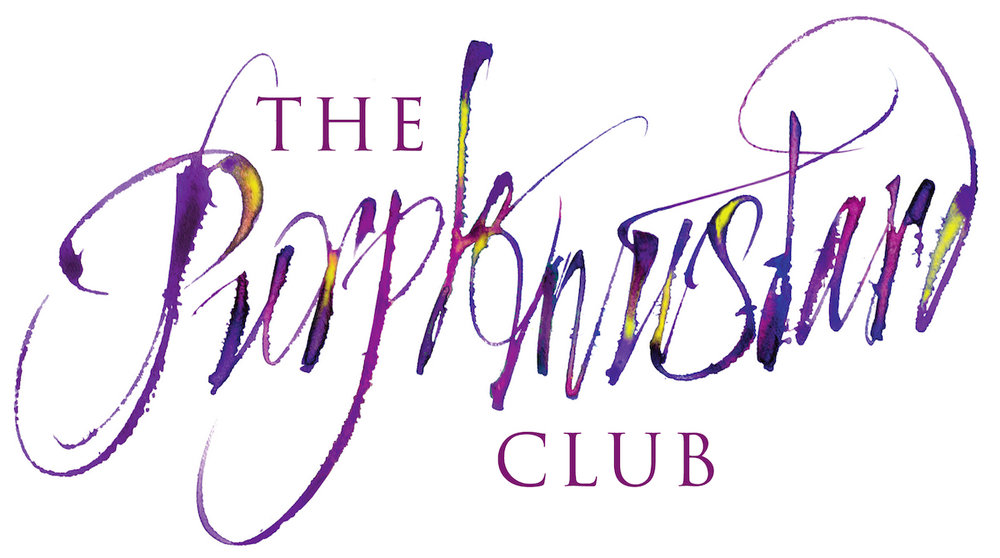Getting There
While Dijon has the advantage of the TGV from Paris, Beaune has the benefit of the A6, the Porsche highway to Provence and the South, which passes within a few kilometres of the centre of the city, making it an ideal stop off on the way south. In addition, the circular road around the centre of the city, provides ample parking for a short walk to the centre. The town was simply made for tourism.
The Hospices de Beaune
The Hospices de Beaune http://hospices-de-beaune.com/ is in the centre, just behind Place Carnot. It is a beautiful 15th century building with a remarkable roof structure. The interior, which is now a museum, is set out as the working hospital which existed from 1452 until the 1970’s. It is one of France’s main tourist attractions, and any visit to Beaune that left out a visit to the Hospices would be a sacrilege.
It was founded at a time when Beaune had been devastated by the 100 Years War and the plague, and the people were suffering greatly. The project was devised and paid for by Nicolas Rolin, Chancellor of Burgundy, and his third wife, the 19 year old aristocratic Guigone de Salins. Although Guigone still a teen when they married, (and he 47), she had a strong personality, and encouraged her husband to use some of his wealth for this worthy cause. After the death of Nicolas in 1462, Guigone continued to manage the Hospices and work with the sick until her own death in 1470. See Guigone de Salins her story
The Hospices Today
Over the years the institution received gifts of vineyards by way of charitable donations, and the sale of the wine helped to fund its activity. Today the Hospices owns some 60 prime hectares of land under vine, which as well as contributing to its upkeep, has helped fund a new hospital with modern facilities. The wines are sold by the barrel at an auction which takes place on the third Sunday in November each year in the new Market Hall. The auction is managed by the London Auction house Christies https://www.christies.com/158e-vente-des-vins-27849.aspx?saletitle=, and has become a celebrity event.
Les Dames de Flandres
The first nurses to work at the Hospices in the 15th century came from the St John’s Hospital in Bruges, built in the 11C, and one of the oldest surviving hospital buildings in Europe (and which still operates as a hospital today). In recognition of their services, in 1989 a cuve of Batard Montrachet was named after them. ‘Les Dames de Flandres’, is auctioned each year at the wine auction. Festivities take place over 3 days to celebrate the event, known as ‘Les Trois Glorieuses’, with food stalls, dancing and music in the streets. The Festival takes place on the third weekend in November, immediately before the wine auction
Atheneum
Just opposite the Hospice is a shop called Athenaeum, https://www.athenaeum.com/ which sells wine, but more interestingly, every book, map or other modern wine artefact to do with the wines of Burgundy.
Place Carnot
Behind the new Market Hall is Place Carnot, the town’s main square. Beaune is an affluent town, and this is reflected in the various shops and boutiques on Place Carnot and the roads that lead off it. For mustard lovers, a visit to Fallot, https://www.fallot.com/en/ the last artisan mustard maker in Burgundy, is a must. There are guided visits to see how the mustard is made, and an excellent shop and tasting room, with knowledgeable friendly staff. It is a 5 minute walk from the Hospices on the south side of the city, just outside the peripherique.
To the west of the Hospices is the Cathedral Notre Dame, and just behind the cathedral the Wine Museum. Construction of the Cathedral began in circa 1115, and continued until the 13th century. It is the home to a magnificent series of 16th century tapestries depicting the ‘Life of the Virgin’.
Winery Visits
In front of the Cathedral is the wine producer Joseph Drouhin, https://www.drouhin.com/en/ and their caves are some of the oldest in Beaune. They offer an excellent visit followed by a tasting of their wines. Patriarch also occupy ancient cellars, as do both Bouchards – Aine, and Pere et Fils, and all are worth visiting time permitting.
Beaune is an attractive walled Medieval City and its ancient buildings within the walls, spanning many centuries, are still largely in tact. There is a genteel calm about the place, and is now generally recognised as the wine capital of Burgundy, if not all of France. After Paris, it is France’s second most visited city, and Nicolas Rolin and Guigone de Salins can take much of the credit for that. The Tourist Office can be found on the circular road around the town, in a building which also contains the Musees des Beaux Arts.
Refreshments
There are many watering holes in Beaune, and most of them are of good to reasonable quality. Our absolute favourite is the rustic Caves Madeleines, the favourite of the winemakers. The menu and the wines offer quality organic produce, at reasonable prices 8 Rue du Faubourg Madeleine 03 80 22 93 30
